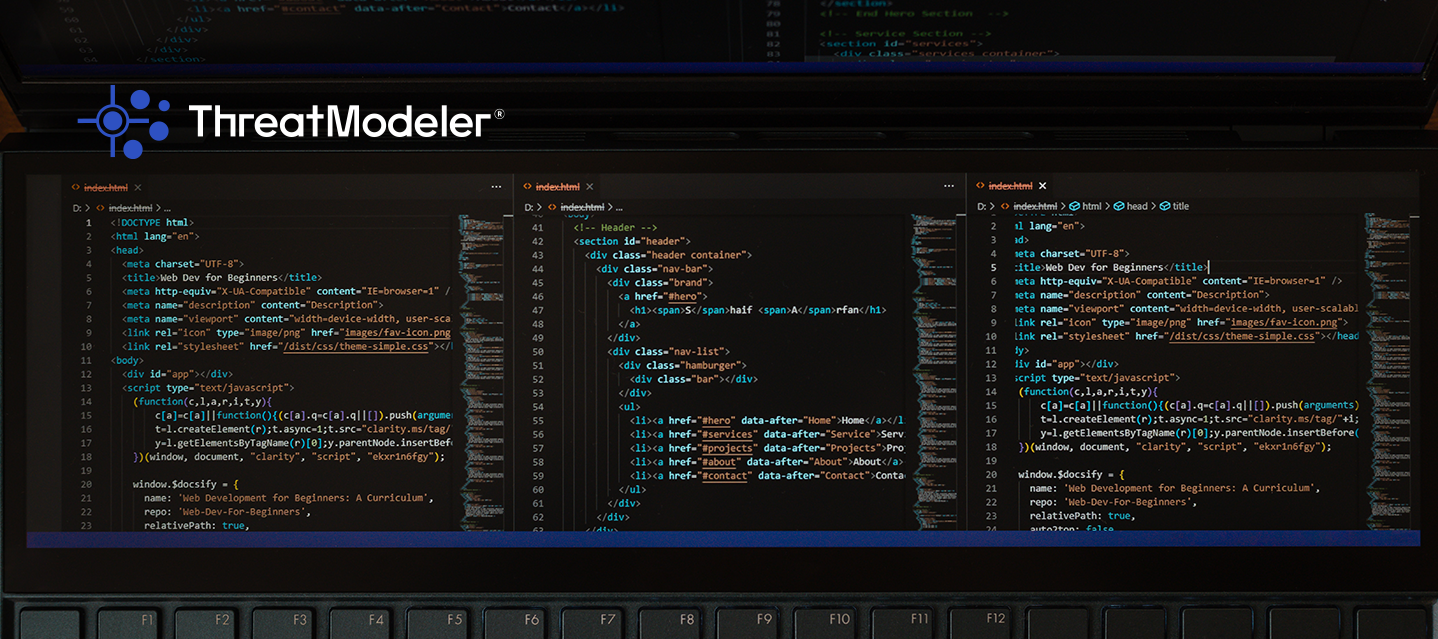Introduction
In today's interconnected digital world, software applications are ubiquitous, powering everything from financial transactions to healthcare systems. However, this increased reliance on software exposes us to significant security risks. Threat modeling is an essential practice in the realm of cybersecurity, providing a proactive approach to identifying, evaluating, and mitigating potential security threats before they can be exploited. This article explores the critical importance of threat modeling in secure software development.
Understanding Threat Modeling
Threat modeling is the process of systematically identifying and evaluating potential threats or risks that can affect a system, such as a software application. By understanding the potential vulnerabilities and attack vectors, developers and security professionals can design robust security controls to counter these threats effectively.
1. Early Detection of Vulnerabilities
One of the primary benefits of threat modeling is its ability to identify vulnerabilities early in the software development lifecycle. By conducting threat modeling sessions during the design phase, developers can anticipate potential security issues and implement security controls before any code is written. This proactive approach significantly reduces the likelihood of security breaches and data compromises.
2. Better Resource Allocation
Threat modeling helps organizations allocate their resources effectively. By identifying high-risk areas, developers can focus their efforts and resources on implementing robust security measures where they are needed the most. This targeted approach ensures that security efforts are maximized, leading to a more resilient software application.
3. Improved Collaboration
Threat modeling encourages collaboration among different stakeholders, including developers, security experts, architects, and business analysts. Through collaborative sessions, diverse perspectives come into play, enabling a comprehensive understanding of the system and its potential threats. This interdisciplinary approach leads to more effective threat identification and mitigation strategies.
4. Compliance and Regulatory Requirements
Many industries are subject to strict compliance and regulatory requirements regarding data protection and software security. Threat modeling helps organizations meet these standards by providing a structured method for identifying and addressing security threats. Compliance with industry standards not only ensures legal adherence but also enhances the organization's reputation and customer trust.
5. Enhanced Incident Response
Understanding potential threats through threat modeling allows organizations to develop robust incident response plans. By anticipating potential attack scenarios, businesses can prepare appropriate countermeasures and response strategies. This preparedness is invaluable in the event of a security incident, enabling a swift and effective response to mitigate the impact of the breach.
6. Continuous Improvement
Threat modeling is not a one-time activity; it is an ongoing process that evolves with the software application. As the application changes or new features are introduced, the threat landscape also evolves. Regularly revisiting and updating threat models ensures that security controls remain effective against emerging threats, fostering a culture of continuous improvement and adaptability.
Conclusion
In the ever-changing landscape of cybersecurity, threat modeling stands as a cornerstone of secure software development. By identifying vulnerabilities, enhancing collaboration, meeting compliance requirements, and preparing for incidents, organizations can build resilient software applications that protect sensitive data and maintain user trust. Embracing threat modeling as an integral part of the development lifecycle is not just a best practice; it is a fundamental necessity in our digital age.


